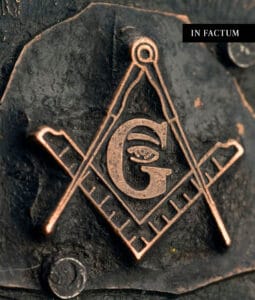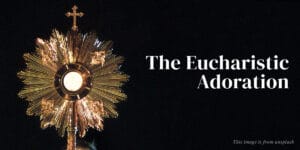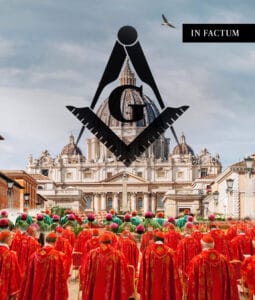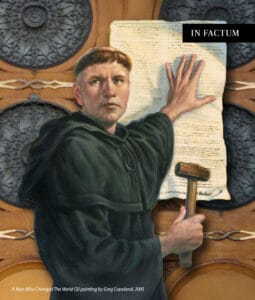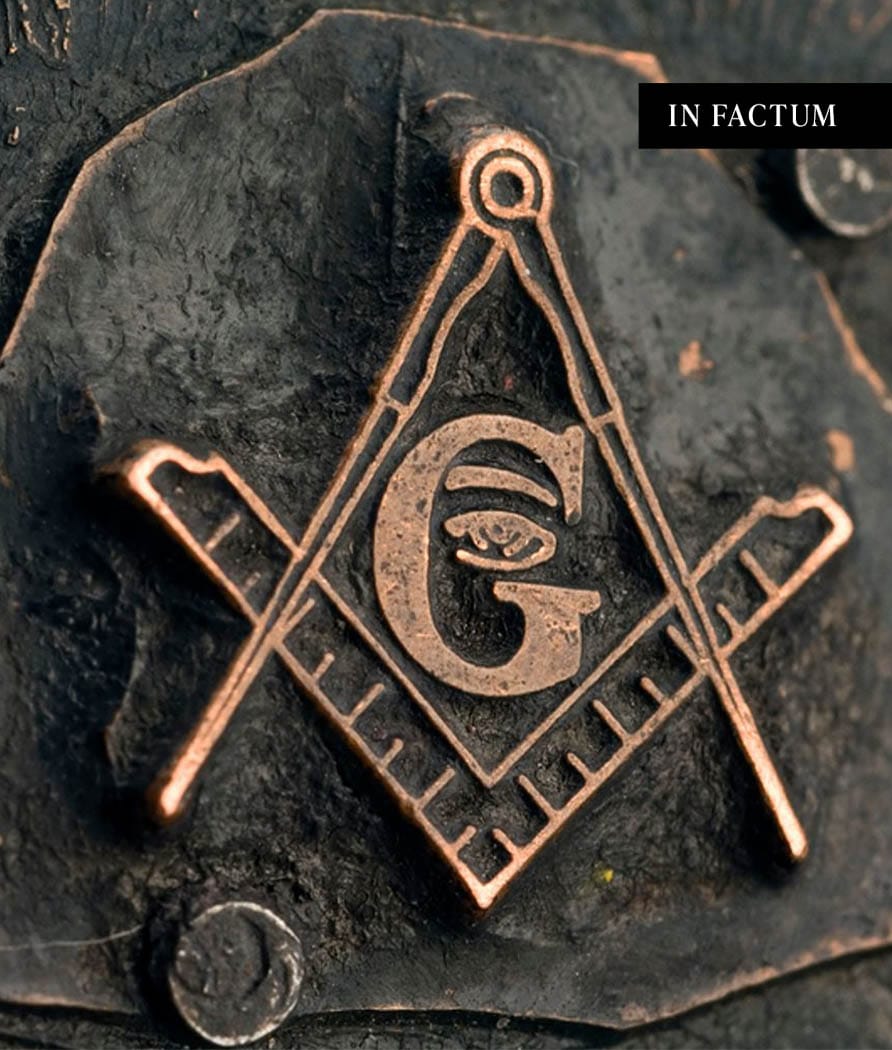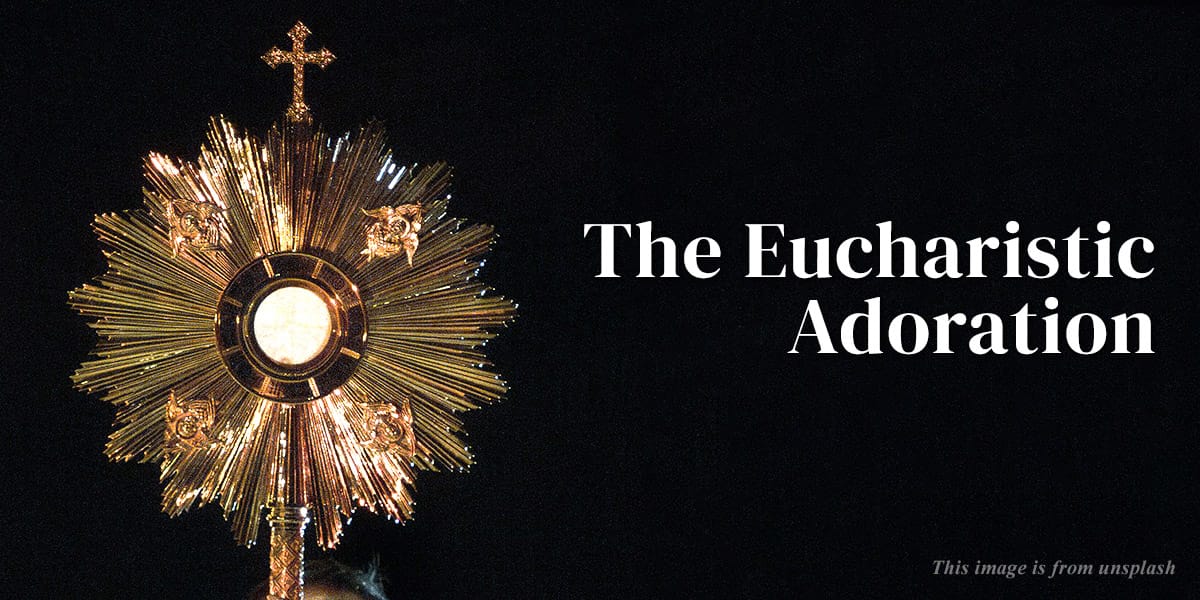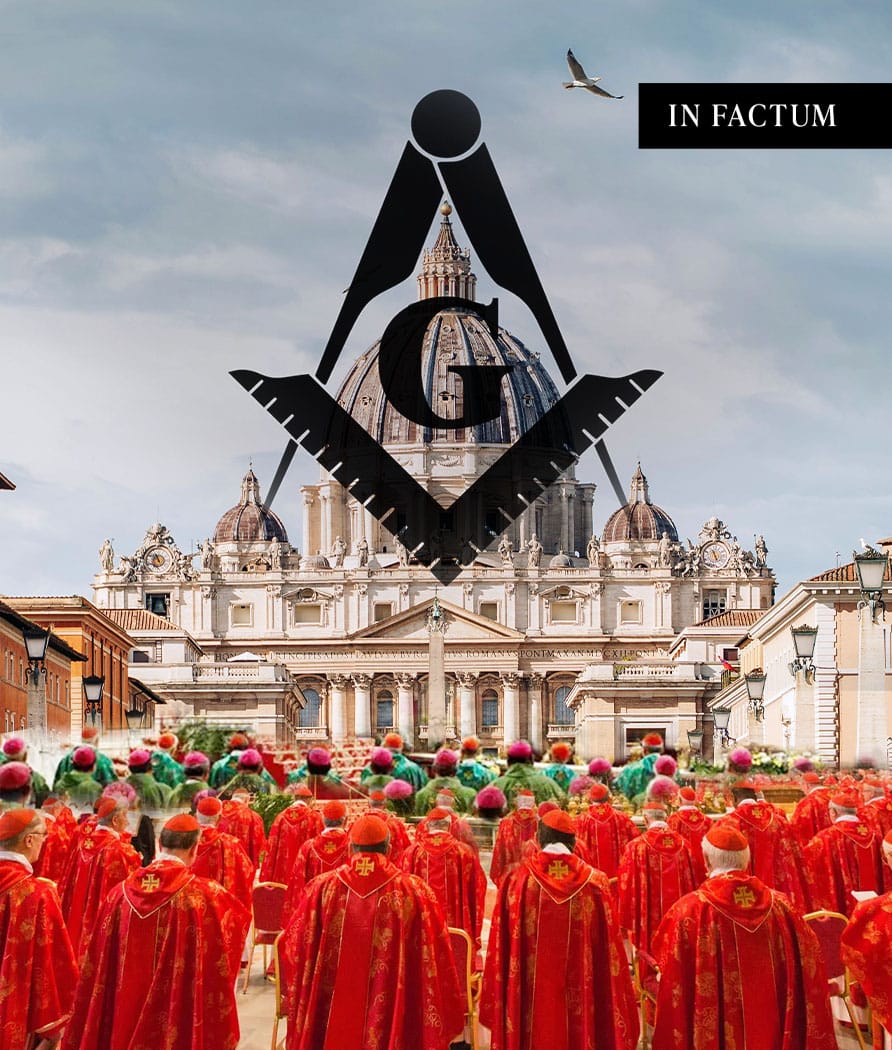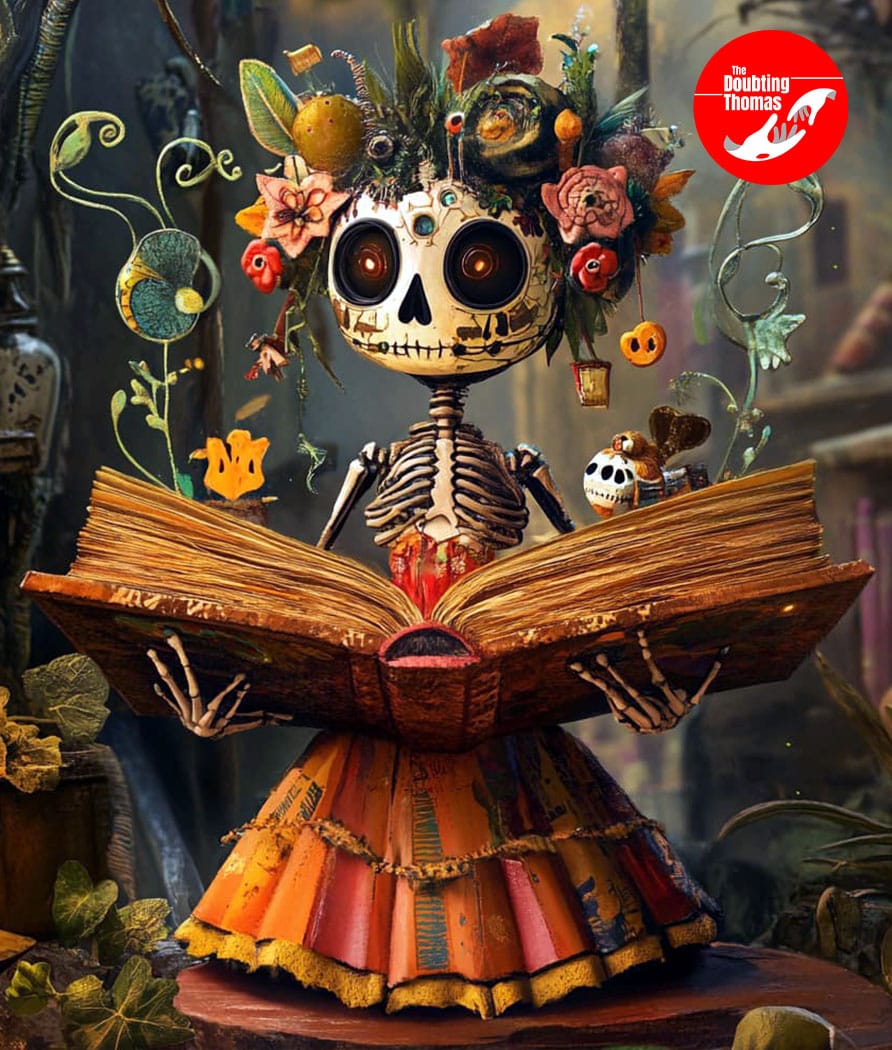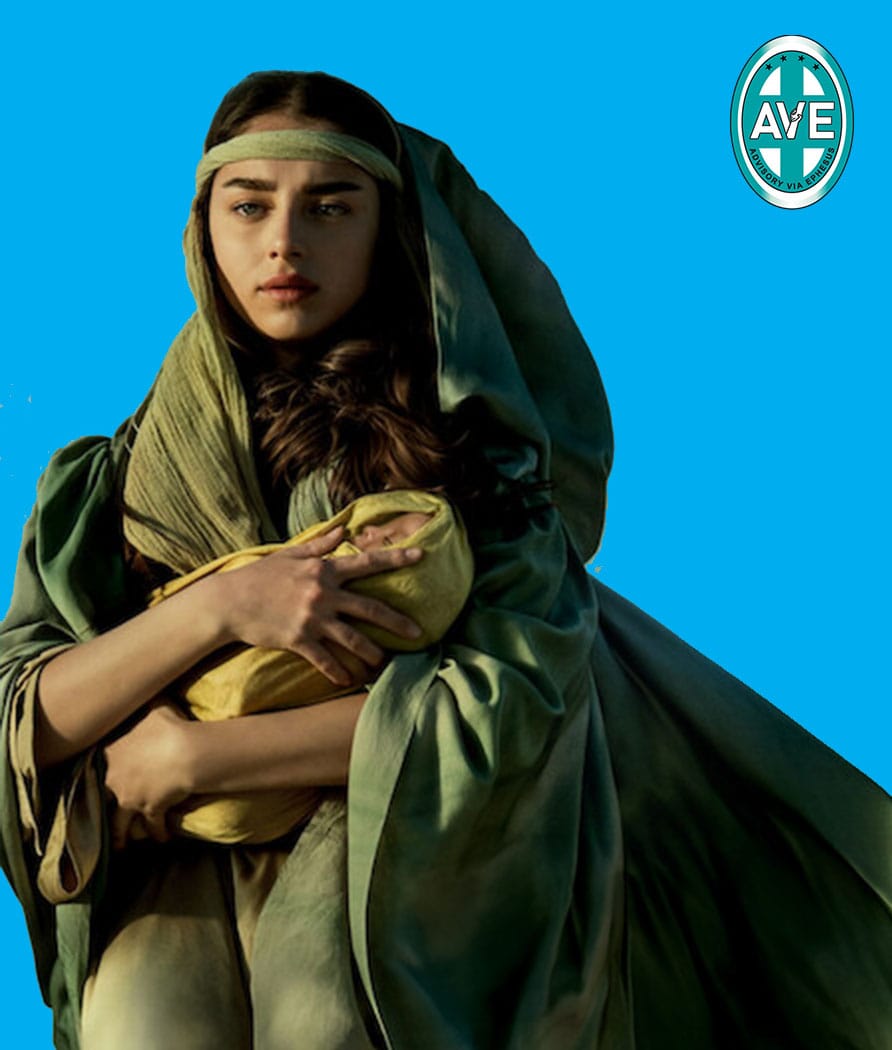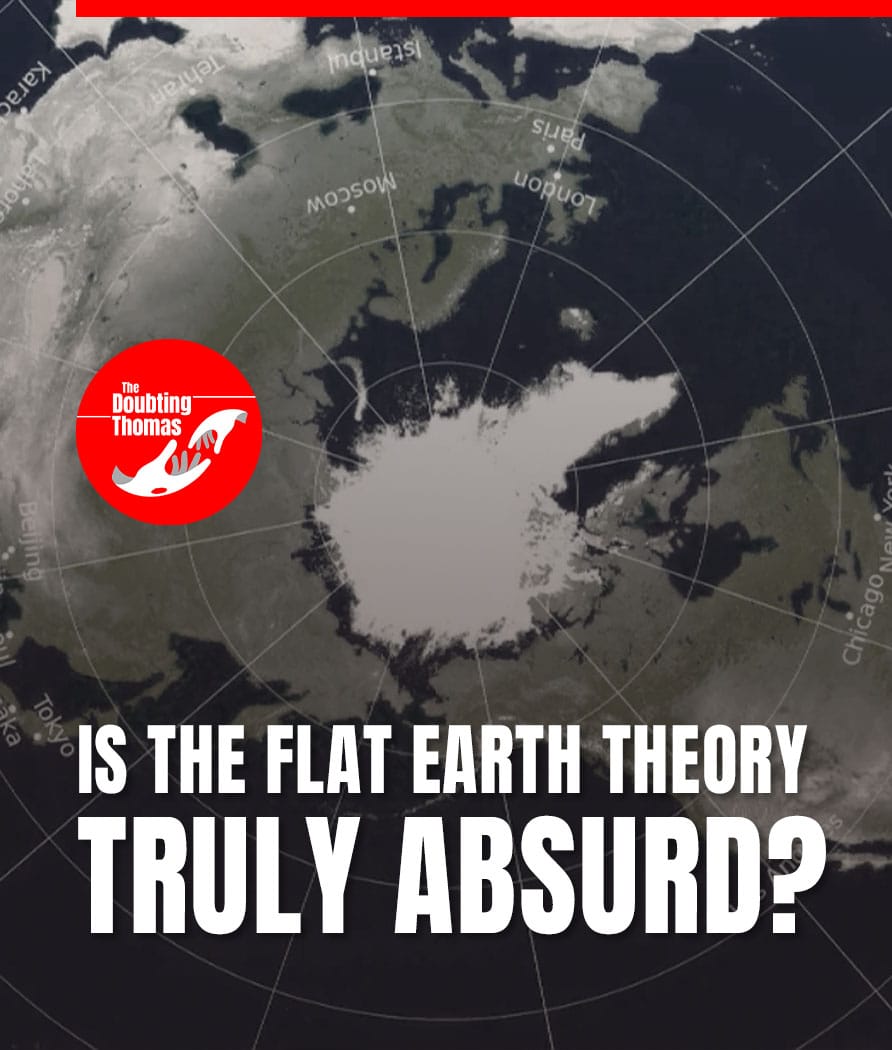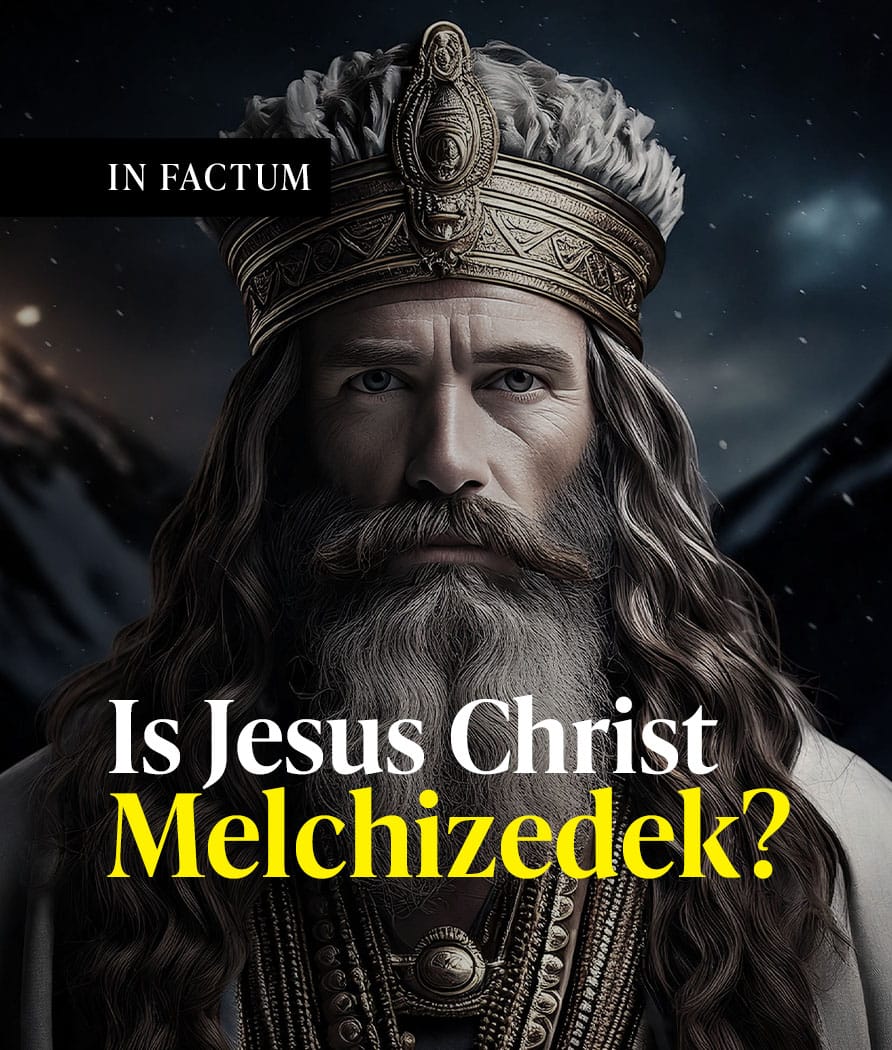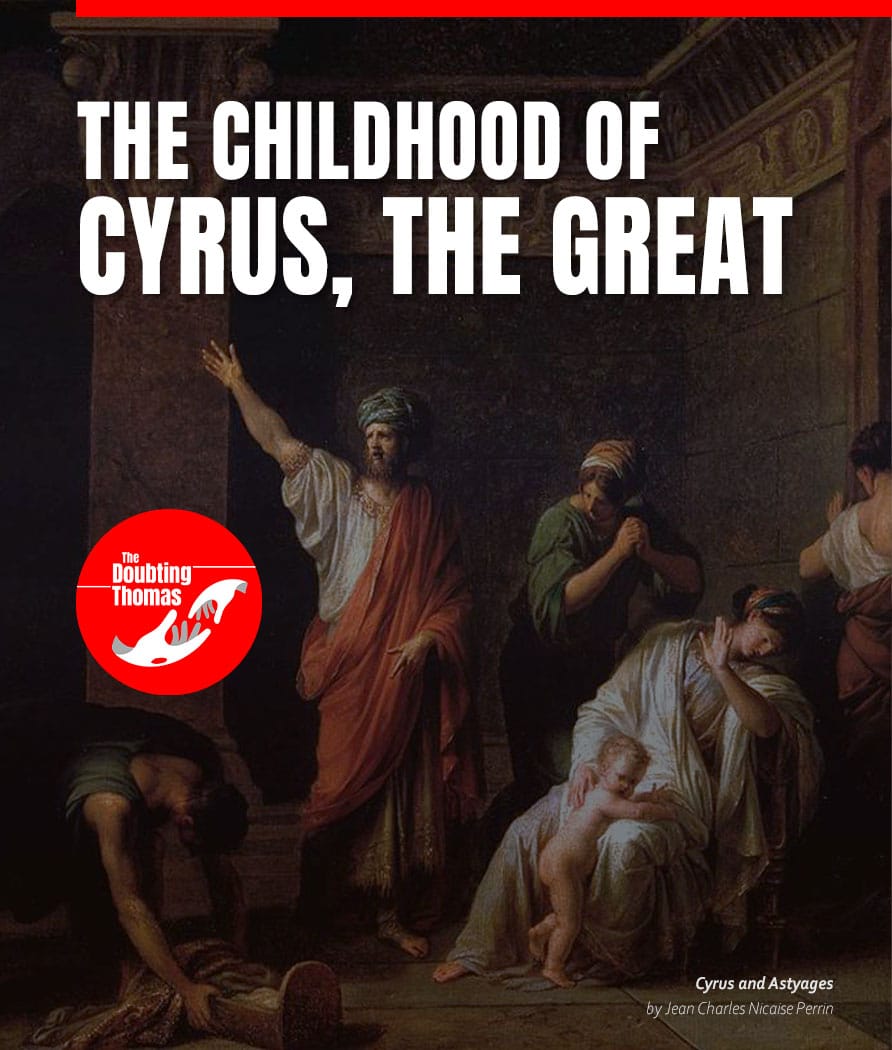D.J. Caruso, the director, is a Catholic and a self-professed Marian devotee. In an interview with the National Catholic Register website, he explained that he was inspired to share Mary’s story, as he believed it was often overlooked. He further added::
“We all have been conditioned to understand the Nativity story, and I was really moved by the idea of telling a story from her perspective: what it was like to be her, and going through all this from a child, and to the birth [of Christ], and everything. But just really to say, here’s this young woman who faced adversity, had some doubts, had some fears, but ultimately accepts this beautiful fiat, that acceptance from God, and takes them into her heart. ”
He sought to inspire younger viewers by showing them that “Mary could be my friend,” emphasizing how much of her experience resonates with the struggles and issues of today’s world. His goal was to make her more human and relatable, encouraging people to embrace and love her on a deeper level.
The creator explained that he intended to present Mary from a strong Catholic perspective while ensuring she remained accessible to all who venerate her. His aim was to depict Mary as a powerful, relatable young woman, grounding her character in Scripture and historical texts like the Protoevangelium of James and the writings of the ancient Jewish historian Josephus. He noted that the narrative was designed to balance religious reverence with universal appeal, ensuring the film honored Mary while making her relatable to both believers and nonbelievers. He emphasized the importance of getting the portrayal right and staying true to the essence of her story.
“We wanted Mary for everyone … accessible to all believers and nonbelievers as well.”
And I believe this is where the issue arises.
The life of Mary is not meant to convince EVERYONE, as the Truth will never be universally accepted. Her entire life is deeply mystical, and “humanizing” her story risks stripping away the essence of who she truly is. It’s akin to serving Pork Adobo at a party but removing the pork to avoid offending a Muslim guest, or offering a 100-year-old wine to teenagers, only to add flavorings to make it more palatable to their tastes.
His intentions may have been sincere, but the final product he presented diverged significantly from the experiences and visions shared by saints like Ven. Anne Catherine Emmerich, Ven. Mary of Agreda, St. Bridget of Sweden, and St. Elizabeth of Schoenau. It also stands in contrast to the oral traditions passed down by the early Christians. The Catholic Church believes in Holy Traditions for a reason that not all are written in the scriptures (John 21:25).
Here are a few aspects of the film that I noticed are inconsistent with Catholic traditions and the visions of the Saints:
1. The dark and brooding Archangel Gabriel
St. Anthony of Egypt taught that, with God’s help, one can easily distinguish between the presence of good and evil. The vision of angels arrives gently and quietly, bringing joy, gladness, and courage to the soul. However, “if at the appearance of any there is confusion, noise from outside, worldly display, threats of death, or other such disturbances I have mentioned, know that it is an attack by evil spirits.” In the film, whenever the Angel Gabriel appears, I don’t experience calm or joy, but rather confusion. Therefore, the portrayal of the great archangel feels unsettling and far from angelic.
2. Lucifer/Satan knows who the Mother of God is.
False. The Devil waited and searched for a very long time for the Virgin who would bear the Messiah. It did not consider the Virgin Mary because she appeared to be humble and meek. To the Devil, the Virgin Mary is just another pious woman, whom God allowed to be tested repeatedly—and she always triumphed.
3. Sts. Anne and Joachim’s reluctance
The film often conveys a sense of reluctance and fear regarding the faith of the Virgin Mary’s family, particularly during the moment when the young Mary is sent to the temple. However, according to the visions of the Mystics, Sts. Anne and Joachim were deeply holy individuals who trusted God in all things. Because of this, I have serious doubts about how the movie portrays this holy couple.
4. Inaccuracies in the Annunciation
First, the Annunciation took place in the Virgin Mary’s home, not in the Temple as depicted in the film. Second, the Angel Gabriel’s greeting was incomplete. In the movie, when Mary asks, “Who’s there? What do you want?”, he responds with, “Don’t be afraid. Mary. You have found favor with God.” The film omits the crucial words of St. Gabriel, which are: “Hail, full of grace, the Lord is with thee: blessed art thou among women,” as written in Luke 1:28. Third, the Virgin Mary’s response, which is highly significant, is portrayed inaccurately. In the movie, she says, “But that’s not possible, I can’t have a child,” which is incorrect. In Luke 1:34, the actual words are: “And Mary said to the angel: How shall this be, since I know not man?” Can you see the difference? The film’s Mary expresses doubt, while the Biblical Mary seeks clarification. Furthermore, the Virgin Mary in the Bible humbly replies, “Behold the handmaid of the Lord; be it done to me according to thy word,” demonstrating her trust in God’s plan. In contrast, the film’s Mary says, “Let it be me,” which sounds more like a voluntary statement. As the perfect creation and holiest of all saints, the Virgin Mary does not entertain doubts or fears in her heart.
5. Missing Magnificat during the Visitation
The Magnificat is a prophetic song of the Virgin Mary that can only be read in the Gospel of St. Luke. This detail in the life of the Virgin Mary shows how her soul magnifies the Lord and how God regarded the lowly maidservant. She informs us that generations to come will call her blessed – which is a prophecy that is fulfilled in the Catholic Church.
My soul doth magnify the Lord.
And my spirit hath rejoiced in God my Saviour.
For he hath regarded: the lowliness of his handmaiden: For behold, from henceforth: all generations shall call me blessed.
For he that is mighty hath magnified me: and holy is his Name.
And his mercy is on them that fear him: throughout all generations.
He hath shewed strength with his arm: he hath scattered the proud in the imagination of their hearts.
He hath put down the mighty from their seat: and hath exalted the humble and meek.
He hath filled the hungry with good things: and the rich he hath sent empty away.
He remembering his mercy hath holpen his servant Israel:
As he promised to our forefathers, Abraham and his seed for ever.
6. Mary was banished from the Temple because she was found pregnant
This is completely false. Based on the visions of the mystics, since the Virgin Mary was an orphan and the firstborn daughter with an inheritance (after St. Anne passed away, leaving everything to her), as stated by the Jewish tradition, she was nearing the age when young girls were required to leave the service of the Temple and marry. As such, there was no scandal or attempts to stone her to death, and no heated argument between Mary and St. Joachim about the former’s pregnancy, since the Annunciation took place after Mary’s parents had passed. God’s plan is perfect and orderly—Mary needed a husband at the time she began carrying the Son of God in her womb.
7. Mary and Joseph’s romantic relationship
There is a scene in the movie where Joseph is attracted to Mary when he first sees her by the river. As a result, he goes to Mary’s house and asks her parents for her hand in marriage. This is entirely false. In the book Life of Mary, As Seen by Mystics by Rafael Brown, the relationship between the Virgin Mary and St. Joseph is portrayed as far beyond the physical. Both the Virgin Mary and St. Joseph had made a vow of perpetual virginity, which they renewed frequently. God granted St. Joseph complete control over his natural inclinations so that he could serve his holy wife with love, without any trace of sensual desire. The bond between them was never romantic, but pure and holy. While St. Joseph held deep veneration for Mary, he considered himself unworthy of her and, remembering his vow of chastity, renewed it inwardly and fully surrendered himself to God’s will. Their relationship resembled that of siblings, not a romantic couple.
8. St. Joseph as a violent protector
St. Joseph, according to visionaries, is depicted as a quiet and pious man. He was a good, kind, and devout working man—lovable, gentle, and completely sincere. When he was mistreated by his brothers, he did not react with anger or seek revenge. Instead, he simply withdrew to continue his prayers somewhere. Despite his seemingly “gentle” nature, he was able to protect his family without resorting to violence. St. Joseph is revered as the Protector of the Universal Church, trusting in God’s will and faithfully following the divine messages given to him. In contrast, the film’s portrayal of Joseph shows him as someone who is quick to retaliate against oppressors and does not hesitate to kill in order to protect his family.
9. The violent death of St. Joachim
The portrayal of St. Joachim’s murder is likely a dramatic addition to make the plot more exciting. In reality, St. Joachim passed away from natural causes six months after Mary entered the service of the temple. St. Anne died when Mary was twelve. The holy couple both had peaceful and happy deaths.
10. The Holy Family uses a horse instead of a humble donkey on their journey
There is a meaningful reason why donkeys were used by the Holy Family, and even by Jesus when he entered Jerusalem on Palm Sunday. Donkeys are often considered more reliable than horses due to their calm demeanor, even in dangerous situations. They are also more adaptable to tough terrain and can survive on less food and water, making them better suited for challenging environments where a horse might become agitated or struggle. The donkey symbolizes humility, while the horse represents pride.
11. Bethlemen was full of people because of the coming Birth of the Messiah
False. A Roman decree required all heads of households in Palestine to register for the tax lists in their hometowns. This is why Bethlehem was crowded during that time. Additionally, according to Scripture, no one knows the day or hour when the Son of God will return. He will come unexpectedly, like a thief in the night.
12. The Nativity scene showing the Virgin Mary in pain
If there is one scene I consider the most controversial, it’s the portrayal of The Nativity.
In Genesis 3:16, God tells Eve that her childbearing will be painful, which is a direct consequence of Original Sin. However, the Virgin Mary, from the moment of her Immaculate Conception, was free from Original Sin, and therefore, there should have been no labor pains during the Nativity. In fact, the Son of God was born of the Virgin Mary ina wink of an eye. Here is an excerpt from the book The Life of Mary As Seen by the Mystics:
Mary was kneeling, with her eyes raised to heaven and her hands joined on her breast. Her countenance emitted rays of light, like the sun incarnadined, and shone in indescribable earnestness and majesty, all inflamed with burning love of God. Her body became so spiritualized with the beauty of heaven that she seemed no more a human and earthly creature.
Toward midnight a channel of brilliant light came down from the highest heaven and terminated in sparkling fire at the Blessed Virgin. In it was an extraordinary movement of celestial glories which took on the forms of choirs of angels.
Then, in the twinkling of an eye, the infant God was born, glorious and transfigured as on Mount Tabor.
There the God-Man lay, naked, utterly clean and pure. And from Him radiated such marvelous light and splendor that the sun could not be compared to it. The angels could be heard gently singing canticles of wonderful sweetness.
When the holy Mother of God perceived that she had been delivered—for her child came forth without any pain or injury to her—she immediately bowed her head, placed a cloth over His tiny body, and adored Him with the greatest respect and reverence, saying:
“Welcome, my God, and my Lord, and my Son!”
There are still certain aspects of the film that remain controversial, such as the Virgin Mary’s age when she enters the Temple or why Herod would have had a vision when he saw the Child Mary. However, I believe I’ve made my point – this film, despite being directed by a Catholic and a Marian devotee, fails to capture the true essence of the Virgin Mary’s life story. It is very apparent that the hands of the Protestant producer were in control. In the first place, why would you trust a Marian non-believer to produce a film about Mary? The film’s effort to “humanize” Mary goes too far, depicting her as sometimes reluctant and fearful, as D.J. Caruso claims. However, I strongly disagree with this portrayal. Our Lady, the woman who crushes the serpent’s head, is fearless and never doubted God’s plan at any point in her life.
In the opening scene, Mary’s voice-over says, “You may think you know my story, trust me, you don’t.” If we accept the authenticity of the movie, that line might be seen as accurate. However, this is not the Mary we know and hold dear. To perfectly understand the authentic life story of the Blessed Virgin Mary, one must turn to the works of Catholic Mystics—the chosen few who had visions of her—from her Immaculate Conception to her Assumption into Heaven.
If I were to sum up or describe the movie in one word, it would be “worldly.”

